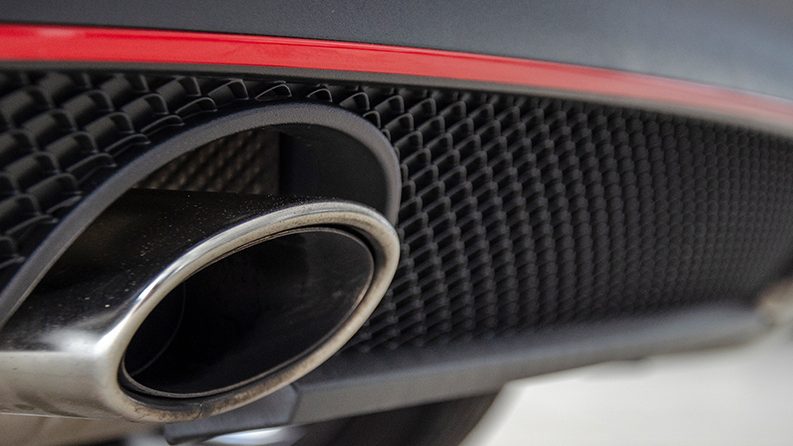Purchasing a used car can be an economical choice, especially in a market like South Africa where there’s a broad range of options. However, used cars can come with hidden issues that may not be apparent at first glance. Knowing what to look for can help you avoid buying a vehicle that could turn into a costly headache. Here are key tips on how to spot common issues when buying a used car.
1. Check the Exterior for Damage
Start with a thorough inspection of the car’s exterior. Look for signs of rust, especially around the wheel wells, under the car, and at the edges of the doors. Check for inconsistencies in the paint job, which may indicate repairs after an accident. Misaligned panels or gaps can also be signs of poor repair work.
2. Inspect the Interior for Wear and Tear
Inside the car, check the condition of the upholstery, dashboard, and other interior surfaces for excessive wear. Unusual odors, such as mold or mildew, can indicate water leaks or flood damage. Make sure all electronic components, including the air conditioning, radio, and power windows, operate smoothly.
3. Under the Bonnet: Engine Inspection
Under the bonnet, a clean engine bay is usually a good sign, but be wary of over-cleaning, which can be used to hide leaks. Check for oil splatters or leaks. Pull out the engine oil dipstick; oil that is too dark or gritty suggests poor maintenance. Also, check the condition of the belts and hoses for any cracks or wear.
4. Test Drive the Car
During a test drive, pay attention to how the car starts and runs. Any hesitation during starting or while accelerating can be a red flag. Listen for unusual noises such as knocks, rattles, or whining, which could indicate mechanical issues. Also, pay attention to the car’s handling, braking, and the smoothness of the gear shifts.
5. Examine the Tyres
Look at the tyres for even wear and sufficient tread depth. Uneven wear can indicate issues with alignment or suspension. Also, check the age of the tyres; even if they look new, old tyres can be a safety hazard.

6. Check for Leaks
After the test drive, park in a clean area of the road or driveway, and after a few minutes, move the car to see if there are any fresh leaks. Fluids such as oil, coolant, or brake fluid can indicate serious issues.
7. Review Service History
Ask for the car’s service history. Regular entries in the service book and receipts for maintenance work can reassure you that the car has been well maintained. A lack of documentation could be a red flag.
8. Look for Signs of a Serious Accident
Severe accidents can lead to lingering issues with a car’s structure and performance. Check for welding spots on the frame, which might suggest frame repairs. Also, a door, trunk, or hood that doesn’t close properly can be a sign of misalignment from a previous accident.
9. Conduct a Professional Inspection
If you’re not confident in your ability to spot potential issues, consider getting a pre-purchase inspection by a professional mechanic. This can be a worthwhile investment, saving you from expensive repairs down the line. Here is our Ultimate Used Car Buying Checklist to keep you safe.
10. Decode the VIN
Finally, use the Vehicle Identification Number (VIN) to check for any history of accidents, theft, or other issues that might not be disclosed by the seller. Several websites offer VIN decoding services that can provide a detailed history of the car.
By following these steps, you can increase your chances of spotting common issues in used cars and make a more informed decision. Remember, the more you know about the vehicle, the better equipped you are to negotiate a fair price and avoid surprises after your purchase.



Comment